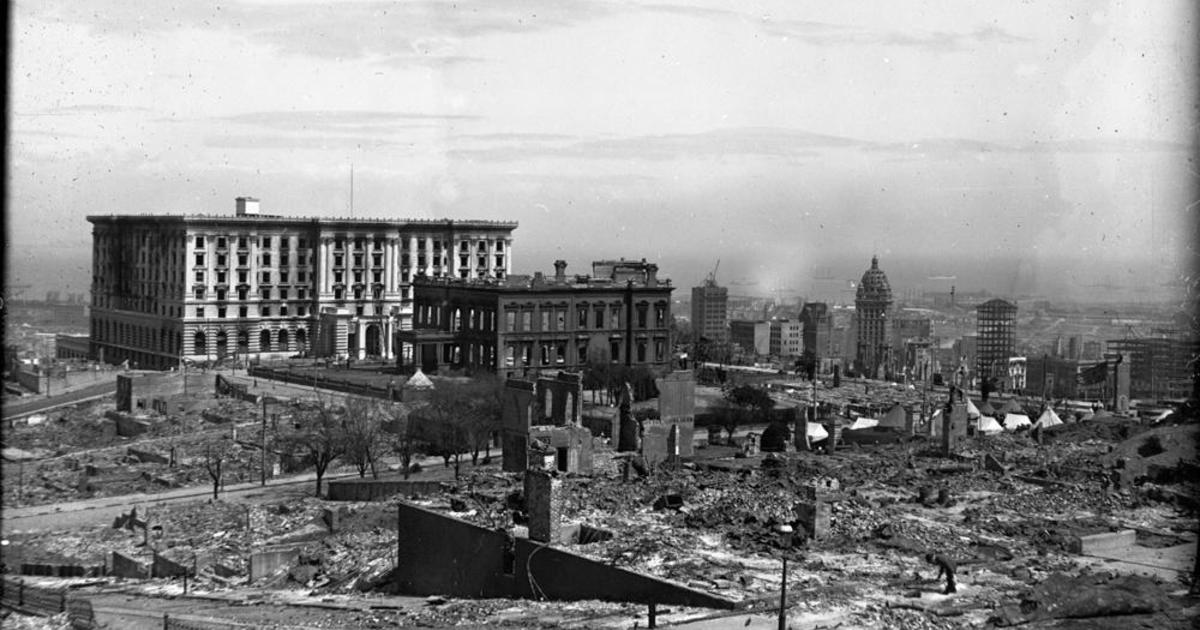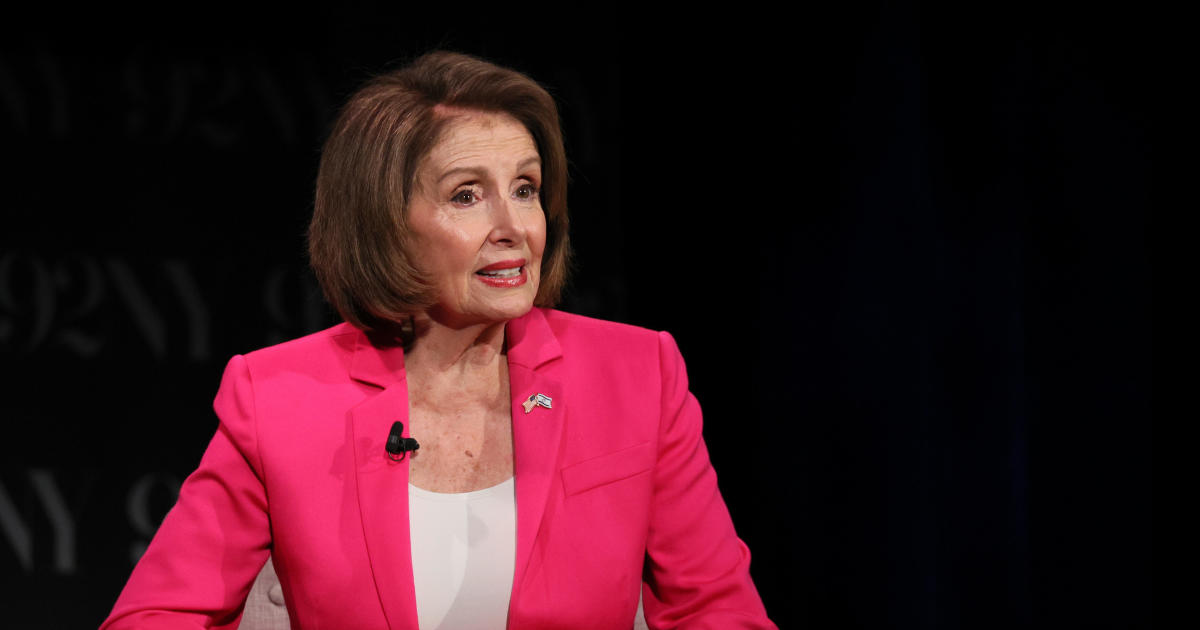Many Jet Airliners Unequipped to Filter Toxic Cabin Air
SAN FRANCISCO (KPIX) -- As the holiday travel season approaches, there is a danger airline passengers should be aware of: cabin air can get contaminated and make you very sick.
KPIX first investigated the problem earlier this year.
We discovered a flawed design in almost all airplanes can cause toxic fumes to enter the cabin. The investigation found the industry and the regulatory agencies have missed many opportunities to protect their employees and the public.
"It has affected my whole life; my kids life, my whole family, my husband. It's a huge medical nightmare," said Terry Williams, a former flight attendant. She has been sick for 11 years from toxic exposure that few people knew existed.
Williams told KPIX it happened when her American Airlines plane was getting ready for takeoff from Memphis, Tennessee, one April day in 2007.
"We were taxiing, there was smoke in the cabin. I notified the cockpit. The smoke dissipated quickly but, that evening, I thought maybe I was getting sick," remembered Williams.
She says at first a cough and headache she got eventually went away. But then the headache came back with a vengeance, along with other strange symptoms including numbness, tremors and memory lapses.
"The doctors were treating the symptoms, but more and more symptoms continued to happen," said Williams.
It took months to make the connection to her experience on the American Airlines jet in April of 2007. It turned out the smoke she breathed in the cabin that day contained Tri Chresyl Phosphate or TCP, a chemical known to cause serious neurological and lung damage.
The fumes came from oil in the jet's engine. Nearly all commercial jets bleed fresh air in from the engines. That air is then fed through an air conditioner into the plane.
If an engine seal fails, toxic particles can get into the cabin. It is described as a "dirty sock smell."
"I was shocked. I couldn't believe it, that there wasn't anything to prevent that," said Williams.
Eleven years later, that apparently is still the case. With very few exceptions, commercial airplanes are not equipped to filter out toxic fumes, even though hundreds of flight attendants, pilots and passengers have been sickened by them.
Airplanes don't even have basic carbon monoxide detectors on board. Carbon monoxide is an indicator that there are toxins in the air.
"It doesn't make sense to design a system where you are bleeding or extracting outside air off an engine that sometimes leaks oil, without putting in a filter in between the engine and the people, I mean that just doesn't make sense," said Judith Anderson, the air safety health and security expert at the Association of Flight Attendants.
Anderson says the industry has known about the danger for decades. In 2008, her union took part in an FAA-funded study called for by congress.
The researchers' plan was to distribute a small handheld device the size of a soda can to flight attendants so that they could capture the chemicals in the air during a fume event. The air sample could later be tested in a lab for toxins to quantify potential exposures and help prevent them.
But Anderson says the plan could not be executed as researchers intended.
"The airlines systematically said, 'No, you cannot carry those samplers on board,'" Anderson explained.
As a result, to this day there is no way to measure exposure when it happens. But traces of TCP can be left behind.
Using a kit from a lab, KPIX decided to see if we could find any sign of the chemical. On four different flights, we swabbed the cabin wall for traces of the toxic chemical. KPIX is not identifying the plane or the airline because fume events can happen on almost all of them.
Then swabs were sent off for testing to ALS Environmental Laboratories in Salt Lake City, Utah. One of the samples came back positive. The test showed the TCP exposure might not be enough to make a person sick, but confirmed that fume events do happen. Consider that in the test, we only swabbed four flights out of 87,000 that crisscross country the daily.
The industry group Airlines for America turned down a KPIX request for an interview, but in a statement said "...multiple studies over the years have consistently concluded that cabin air meets or exceeds health and safety standards."
The FAA didn't want to talk to KPIX about the issue either, but also released a statement. It read in part, "...studies have shown cabin air is as good or better than the air found in offices and homes."
"The FAA has its head in the sand," said Alisa Brodkowitz, the attorney that represented Terry Williams in a lawsuit against Boeing.
Brodkowitz points out the most recent study on cabin air contamination found it happens roughly 16 times a day in the U.S., but she says those incidents are way under-reported by the FAA.
That's because reporting is only required if the airline determines the fume event is linked to a "aircraft component." Very often the airlines say it's not.
Brodkowitz believes the airline industry and the FAA are purposefully downplaying the danger because they don't want the flying public to know.
"This is aviation's dirty little secret," said Brodkowitz.
KPIX has obtained a document that appears to support that. It's a fume event checklist allegedly distributed by an airline company to employees just a few months ago. Item number 12 clearly spells it out. "Do NOT make a P.A. [or a public announcement] regarding the substance."
Williams told KPIX it is the continued secrecy of the airlines that is making her want to speak out again after all these years.
"Just to let people know that there is a risk when you get on an airplane; that it could be you. It could happen to you," said Williams.
KPIX talked to a doctor at UCSF who has seen more than 100 patients sickened by toxic cabin air. For more on how to recognize the symptoms, read the original KPIX original report from earlier this year.
Full statement on toxic air events from Airlines for America:
"Modern aircraft have highly effective environmental control systems that filter air as it is circulated throughout the aircraft cabin, and multiple studies over the years have consistently concluded that cabin air meets or exceeds health and safety standards.
Incidents of odors, smoke and/or fumes in the cabin are atypical and infrequent. The aviation industry has an ongoing and collaborative effort, that includes regulators and labor unions, to examine procedures and identify risks associated with these atypical and infrequent events.
The Federal Aviation Administration (FAA) has also had a reporting system in place for many years called the Service Difficulties Reporting (SDR) System, which requires airline reporting of significant discrepancies. Airlines are in the process of using SDR reports to identify better maintenance practices and system design recommendations to further reduce fume events.
Safety is ingrained in the culture of the U.S. aviation industry, and at the forefront of every aspect of airline operations. This includes a commitment to safeguarding the well-being of our crew members and passengers by providing a safe and healthy environment to work and travel on each and every flight."
Full statement on toxic air events from the FAA:
"The FAA is committed to protecting the safety and health of passengers and cabin crews on our nation's airlines. The FAA has strict cabin air standards, and studies have shown cabin air is as good as or better than the air found in offices and homes. In rare instances, certain mechanical issues can cause fumes to enter the cabin. Airlines are required to report all fume events to the FAA. The FAA thoroughly investigates these events and makes sure the cause is addressed before the aircraft is returned to service."



